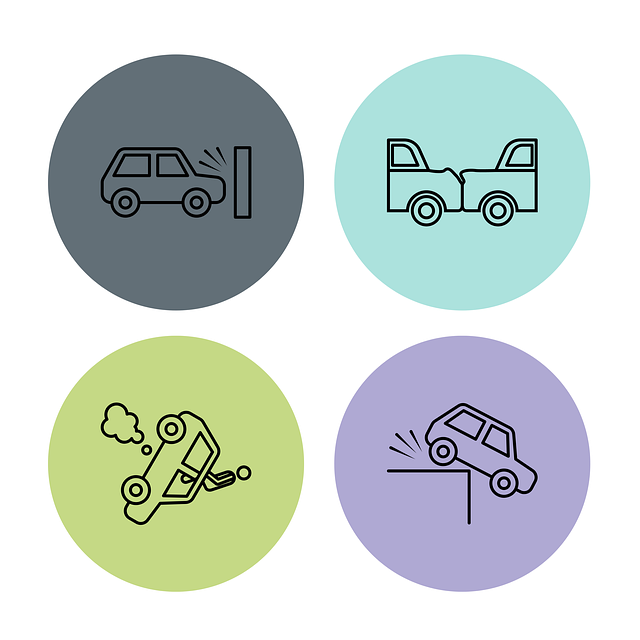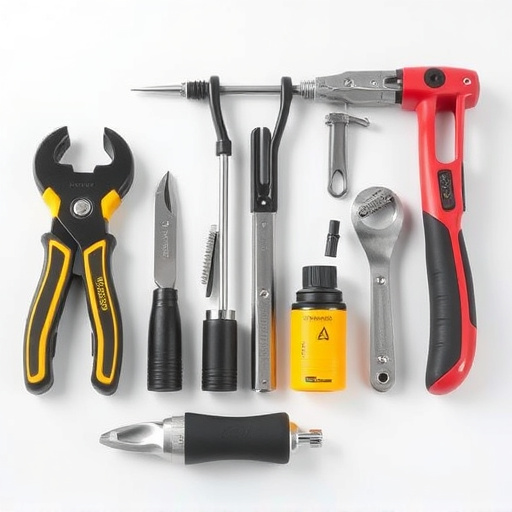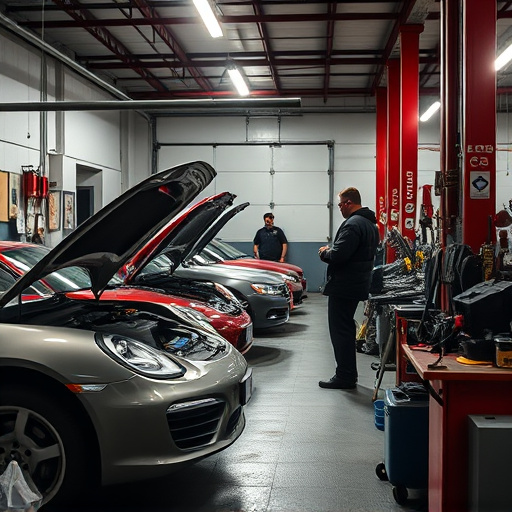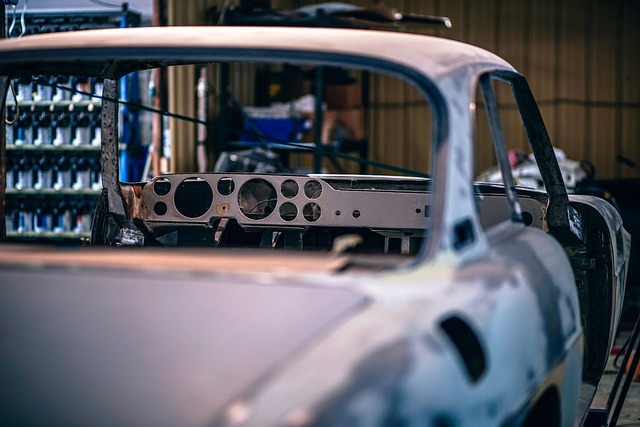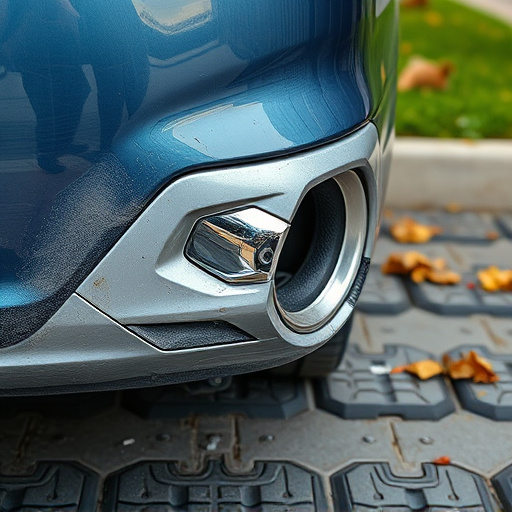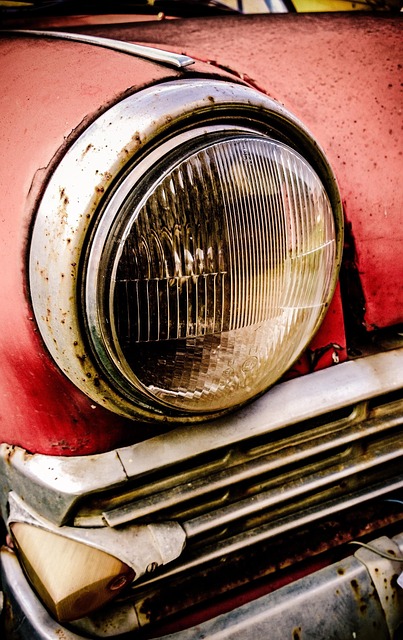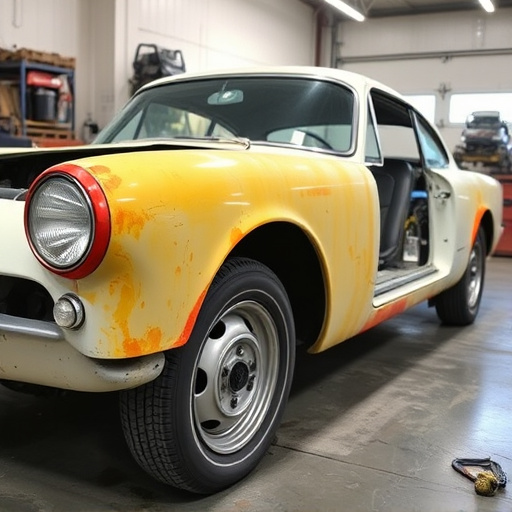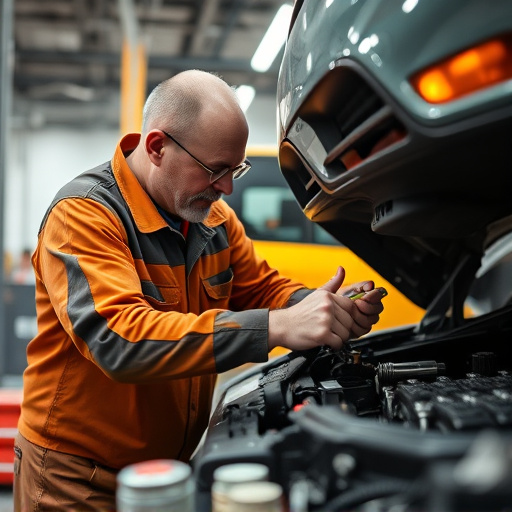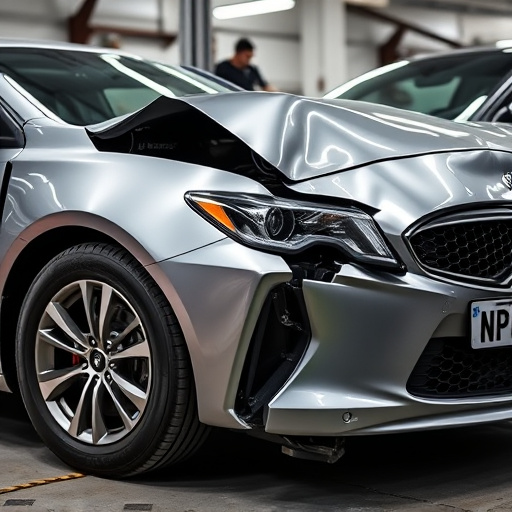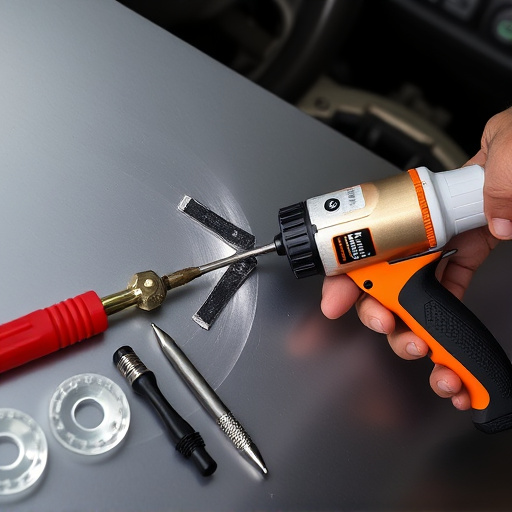Pressure testing is a critical step in cooling system collision repair, ensuring vehicle safety and reliability by identifying leaks, weaknesses, and damage not visible during regular inspections. This process uses specialized equipment to measure system pressure, enabling precise repairs, preventing future breakdowns, and enhancing thermal management efficiency. It's particularly important for high-performance vehicles, extending component lifespans and fostering driver satisfaction across various collision repair scenarios, from car paint repair to auto dent repair.
In the realm of automotive collision repair, especially with intricate systems like the cooling system, pressure testing stands as an indispensable practice. This critical process ensures not only the safety of restored vehicles but also their long-term performance and reliability. By simulating real-world conditions, pressure testing uncovers potential leaks or weaknesses, allowing technicians to make precise repairs that meet industry standards. Understanding this procedure is key to delivering top-quality cooling system collision repair services.
- Understanding Pressure Testing: The Cornerstone of Cooling System Safety
- How Pressure Testing Ensures Optimal Performance and Reliability in Collision Repair
- Best Practices for Effective Pressure Testing During Cooling System Collision Repair
Understanding Pressure Testing: The Cornerstone of Cooling System Safety

Pressure testing is a fundamental process in cooling system collision repair, serving as the cornerstone of ensuring safety and reliability. It involves meticulously evaluating the integrity of the cooling system components after an auto body restoration or car body repair. This test goes beyond mere visual inspections; it utilizes specialized equipment to measure the pressure within the system, identifying any leaks or weaknesses that could compromise its performance and pose potential hazards.
In the context of cooling system collision repair, understanding pressure testing is crucial. It helps in pinpointing issues related to auto frame repair, such as damaged seals, fractured lines, or faulty radiators, which might go unnoticed during visual assessments. By simulating real-world conditions, pressure testing ensures that the restored system operates efficiently and securely, preventing overheating and potential damage to the vehicle’s internal components, thus upholding the safety and performance standards of a well-maintained car body repair.
How Pressure Testing Ensures Optimal Performance and Reliability in Collision Repair

In the realm of cooling system collision repair, pressure testing stands as a cornerstone for ensuring optimal performance and reliability in auto body services. This meticulous process involves subjecting vehicles to controlled pressures within their cooling systems to identify any leaks or weaknesses that might go unnoticed during routine inspections. By doing so, technicians can pinpoint problem areas and make precise repairs, preventing future breakdowns and enhancing the overall efficiency of the vehicle’s thermal management system.
Pressure testing plays a pivotal role in the auto body shop by fostering longevity and dependability in cooling system components. This is particularly crucial for vehicles that demand peak performance under varied operating conditions, such as high-performance sports cars or workhorses like trucks and SUVs. By eliminating potential sources of heat buildup and ensuring every component is functioning optimally, pressure testing contributes to the overall safety and satisfaction of drivers, thereby solidifying its position as an indispensable practice in the industry of auto dent repair and collision repair services.
Best Practices for Effective Pressure Testing During Cooling System Collision Repair

In the realm of cooling system collision repair, pressure testing stands as a cornerstone of effective automotive repair. To ensure optimal performance and prevent future issues, best practices should be rigorously followed. Begin by thoroughly inspecting the cooling system for any signs of damage or corrosion before testing. This meticulous step is crucial in identifying potential leaks or weaknesses that could compromise the integrity of the system during operation.
Subsequent to inspection, utilize specialized pressure testing equipment calibrated accurately to industry standards. This equipment facilitates precise monitoring of pressure levels within the cooling system, enabling technicians to identify any anomalies or discrepancies. Additionally, adhering to recommended test procedures ensures comprehensive coverage of all components, including radiators, water pumps, and hoses. Incorporating these best practices into the repair process for cooling system collision repair not only enhances efficiency but also safeguards against unforeseen complications, ultimately contributing to the longevity and reliability of restored automotive vehicles, whether in car paint repair or auto dent repair scenarios.
Pressure testing is an indispensable practice in cooling system collision repair, ensuring both safety and optimal performance. By simulating real-world conditions, this rigorous process identifies potential leaks or weaknesses, allowing technicians to make informed decisions. Implementing best practices, such as using accurate measurement tools and following standardized protocols, further enhances the reliability of these repairs. In the realm of cooling system collision repair, prioritizing pressure testing is a game-changer, ensuring folks receive safe, efficient vehicles that stand the test of time.

